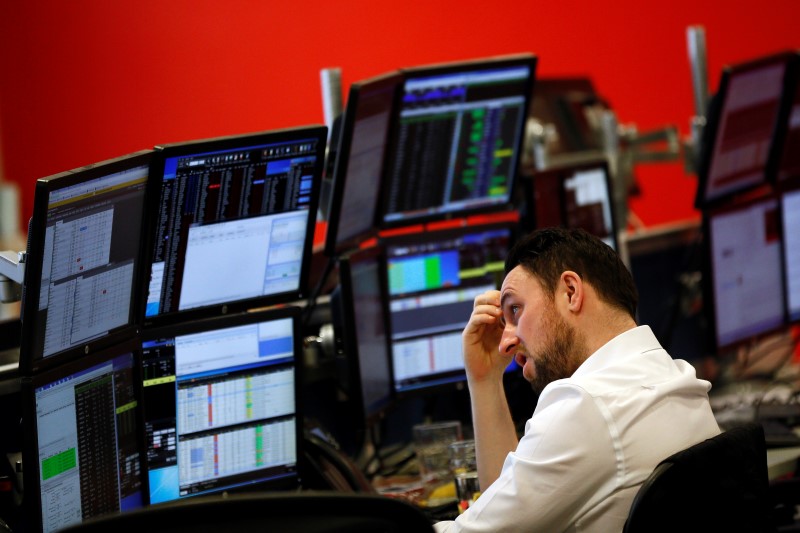
That Seat Will Cost How Much? The Ripple Effect of Trade Wars
The whispers have turned to shouts. The predictions are becoming reality. The impact of escalating trade tensions is no longer a theoretical discussion for many American businesses; it’s a daily struggle impacting their bottom lines and forcing difficult choices. From small independent shops to large corporations, the reverberations of these economic shifts are being felt far and wide.
One of the most immediate effects is the stark increase in the cost of goods. Imagine running a small toy store, facing daily price hikes from your suppliers. Each notification is a small hammer blow, gradually eroding profit margins. The initial response might be to absorb these costs, hoping customers remain unaffected. However, this is a precarious balancing act. Absorbing too much leads to dwindling profits; passing on the increased costs entirely risks losing customers to competitors or driving them to cheaper alternatives. This precarious situation highlights the delicate equilibrium businesses must navigate in a volatile market.
The situation is exponentially more challenging for larger manufacturers. A lip balm company facing a projected $5 million increase in its cost of goods is grappling with a far more significant challenge. Such a dramatic jump necessitates a thorough reassessment of the entire business model. This might involve exploring alternative suppliers, potentially compromising on product quality or sourcing materials from less ideal locations. It could also mean raising prices, potentially alienating loyal customers. The strategic choices are complex and far-reaching.
Beyond the direct cost of imported materials, the secondary effects are equally damaging. Supply chain disruptions are becoming increasingly common. Delays in shipping, increased bureaucratic hurdles, and uncertainties regarding future tariff adjustments are creating a climate of instability. This unpredictability makes long-term planning extremely difficult, forcing businesses to operate with a significantly reduced margin of error. Investing in new equipment, expanding operations, or hiring new employees all become riskier propositions in such a volatile environment.
The impact extends far beyond the immediate importers and manufacturers. These increased costs are inevitably passed down the chain, affecting consumers and the broader economy. The price of everyday items, from toys to personal care products, is climbing, impacting household budgets and potentially hindering consumer spending. This ripple effect threatens to slow economic growth and negatively impact overall consumer confidence.
The situation is forcing businesses to adapt and innovate. Some are exploring domestic sourcing, looking to reduce their reliance on foreign suppliers. Others are investing in automation and technological advancements to improve efficiency and offset rising costs. Still others are lobbying for government intervention, seeking relief or policy adjustments to mitigate the impact of these trade disputes.
The current economic climate necessitates a renewed focus on flexibility and resilience. Businesses must develop agile strategies that can withstand unexpected shocks and adapt to rapidly changing market conditions. The challenge is not merely about surviving these economic headwinds; it’s about thriving in the face of adversity, demonstrating ingenuity, and finding innovative solutions to navigate this turbulent period. The future, for many businesses, depends on it.



Leave a Reply